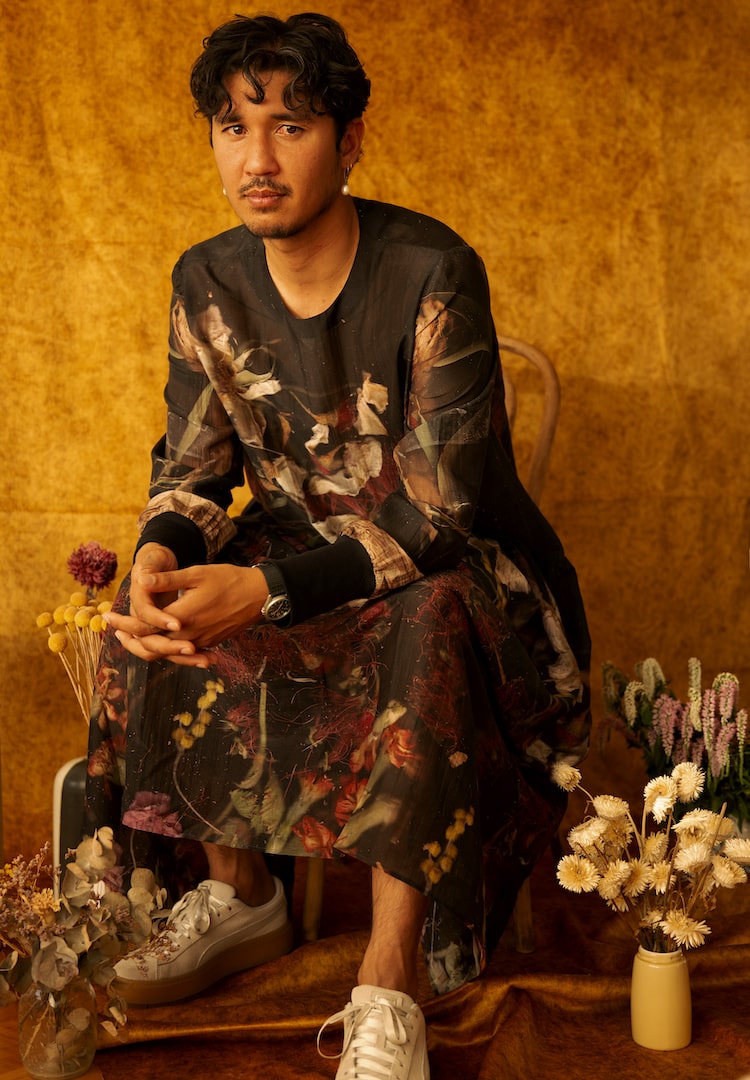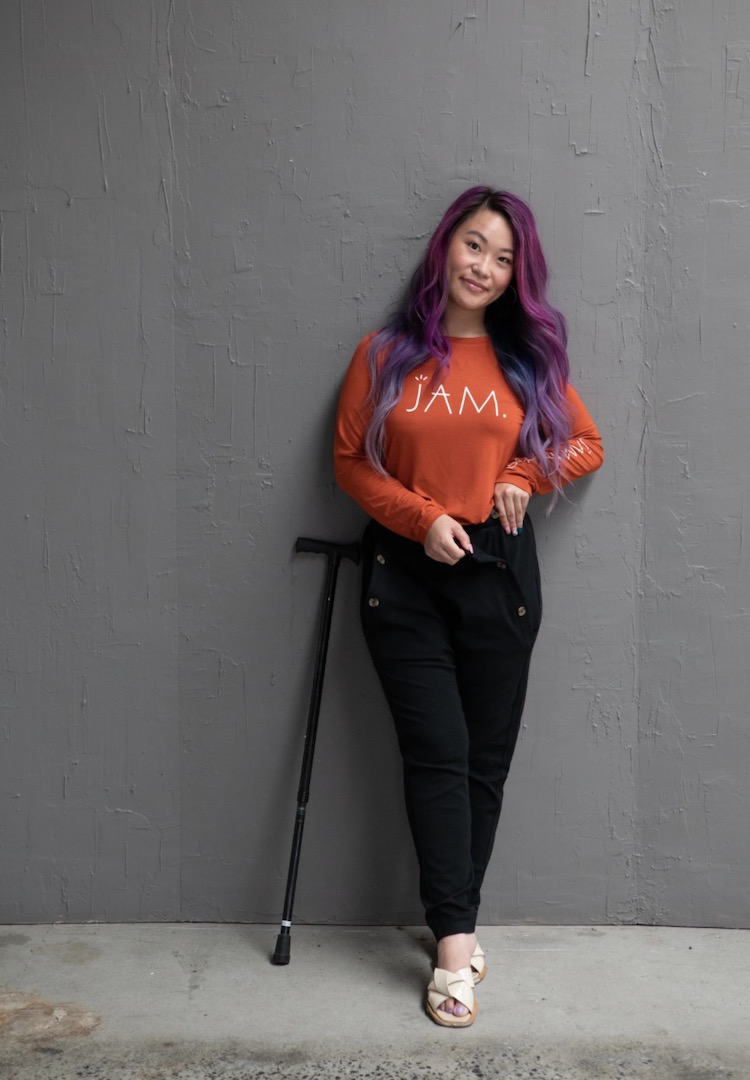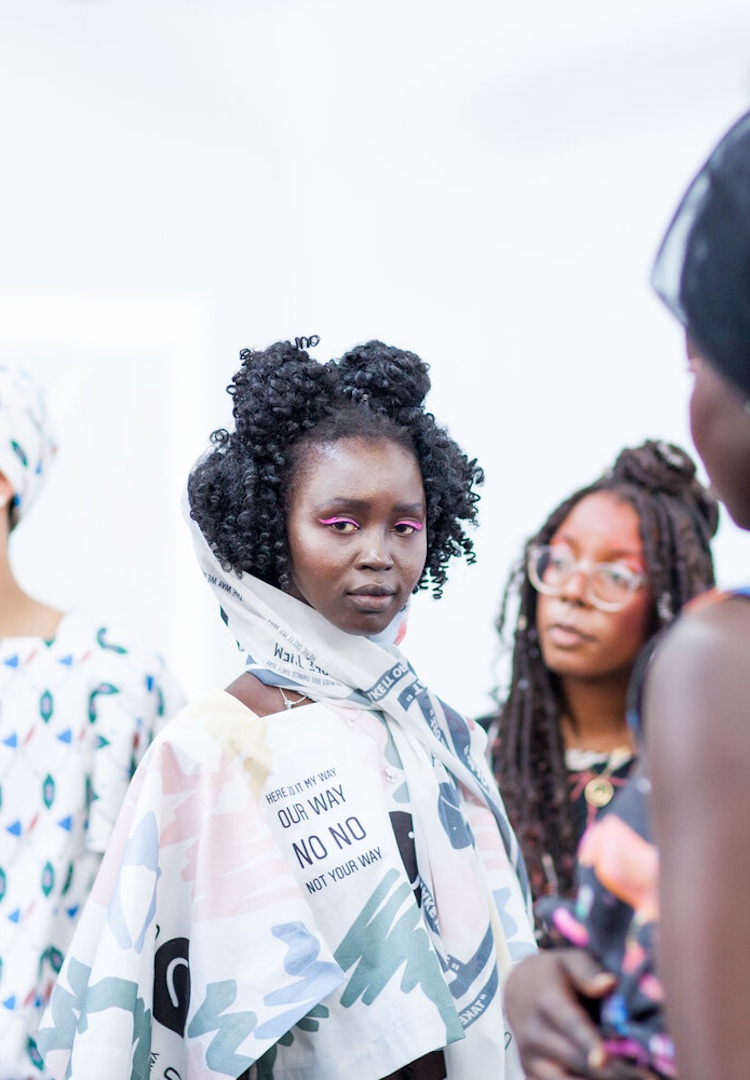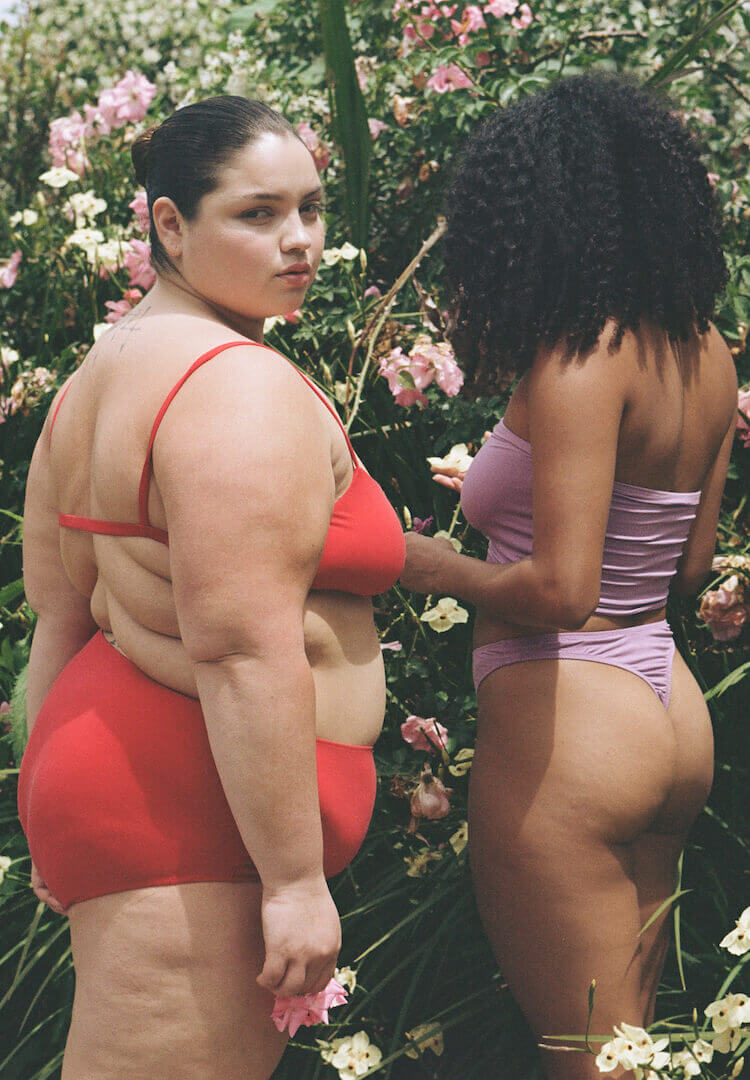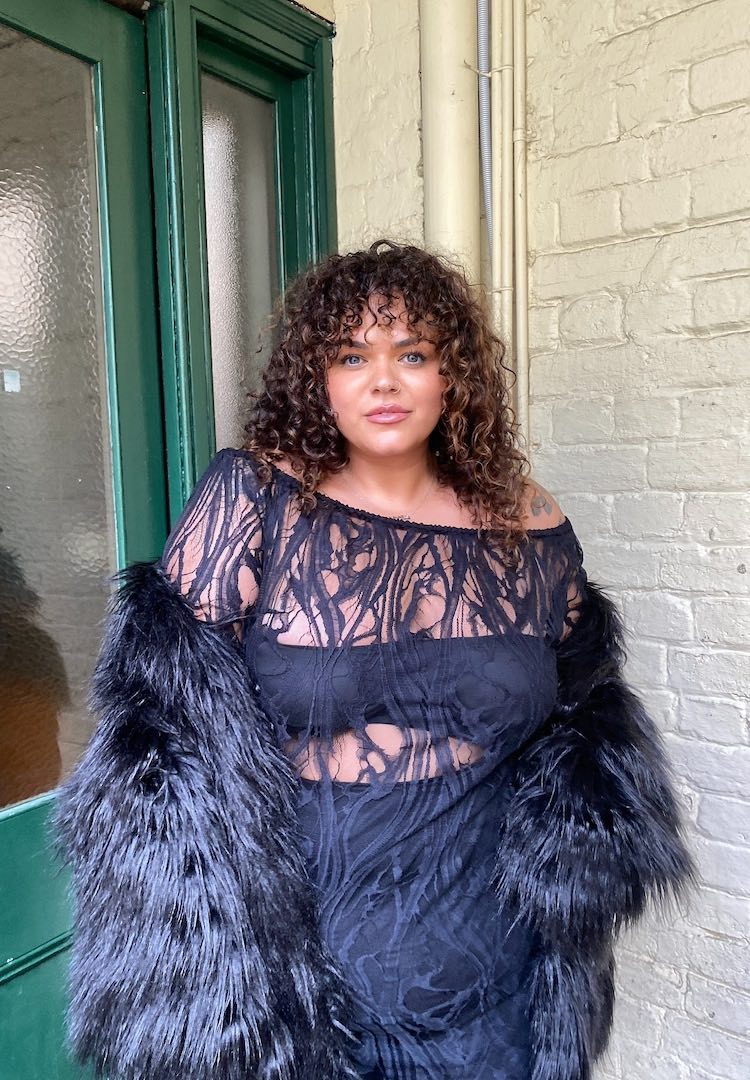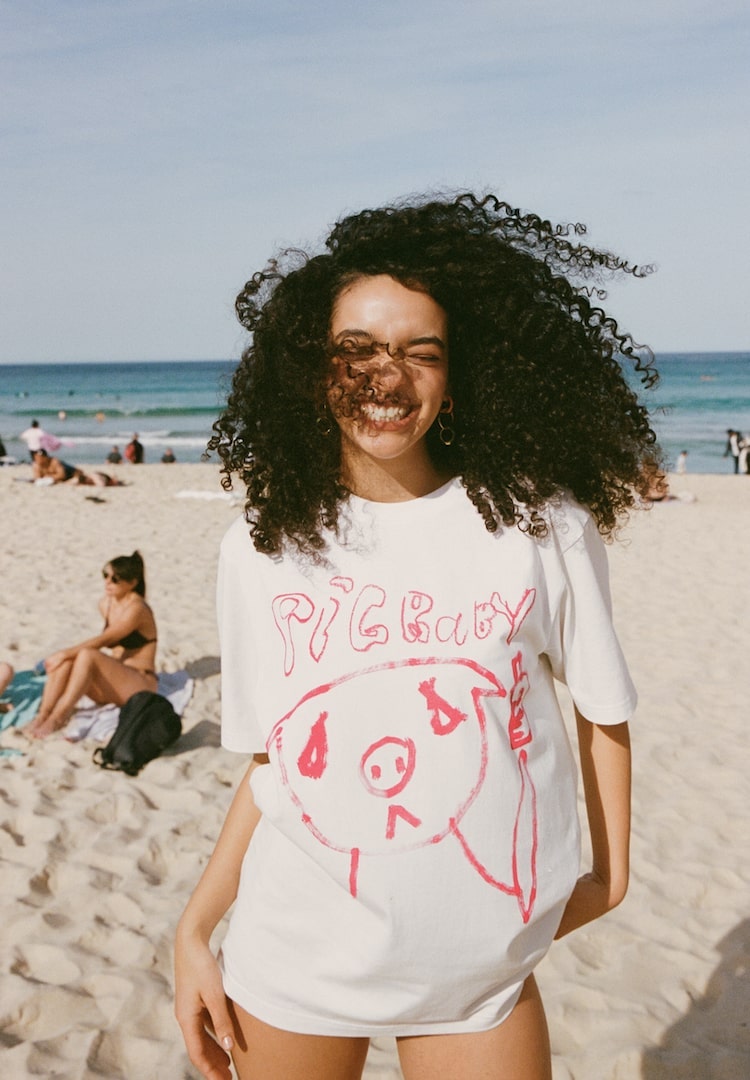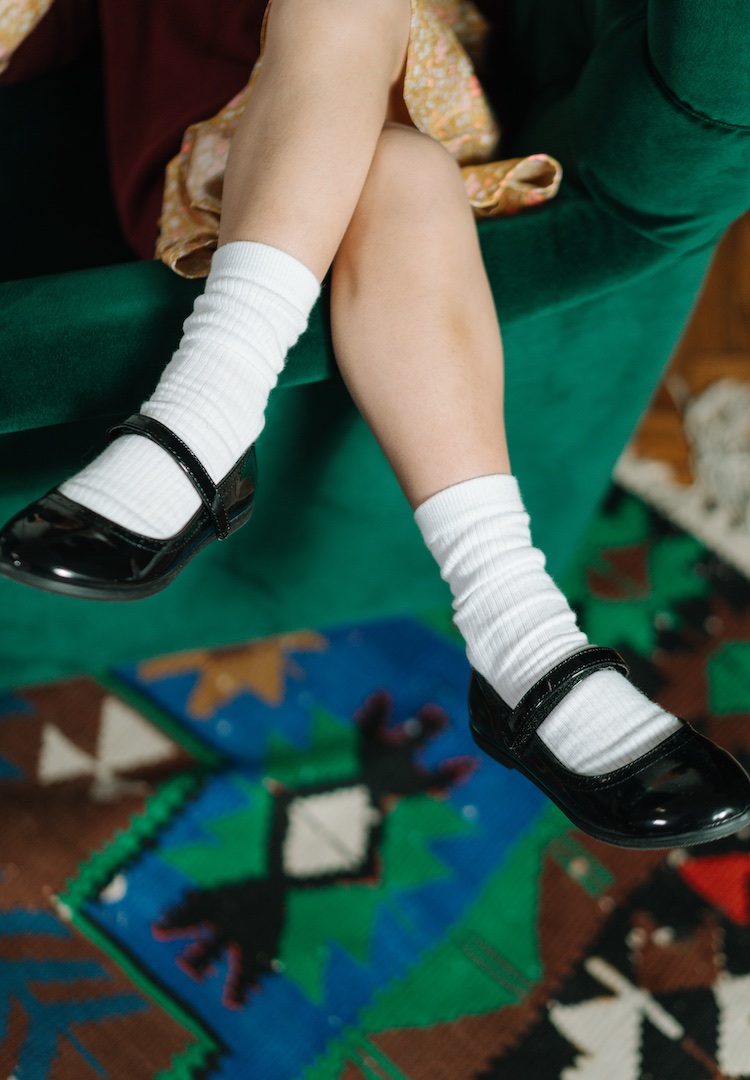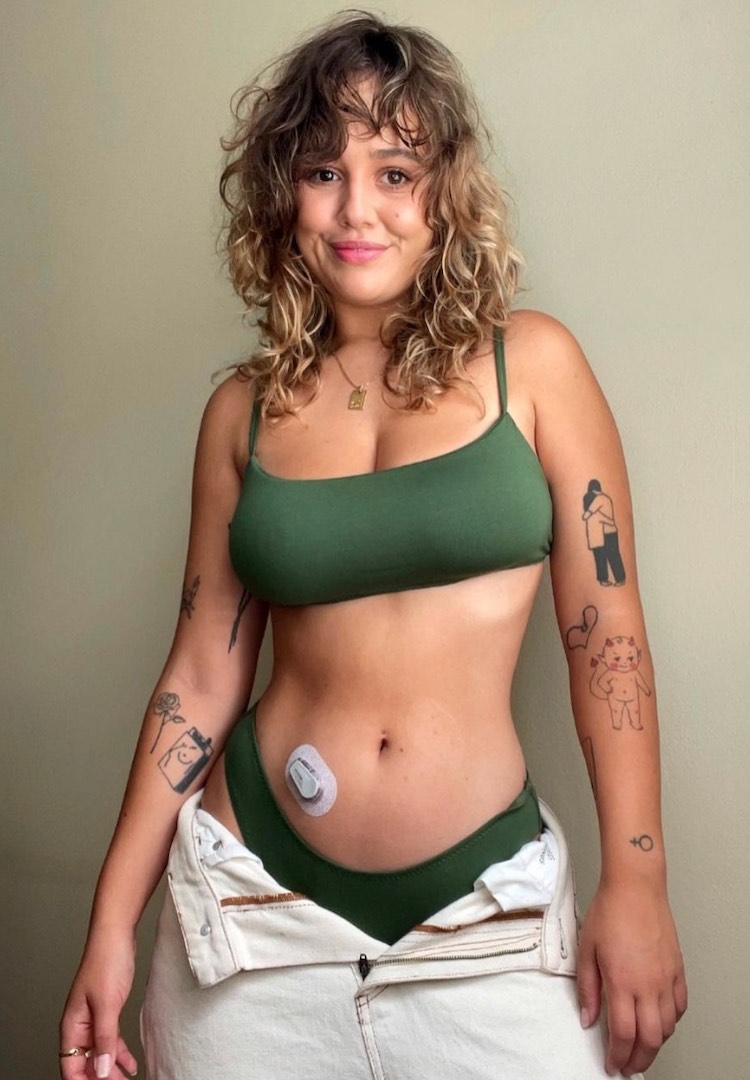Inclusive clothing brand Jam the Label is out to prove that fashion can be functional
IMAGES VIA JAM THE LABEL
WORDS BY HANNAH COLE
How the Australian label is leading by example.
In recent years, fashion has finally started rectifying its exclusive short-sightedness, yet people living with disabilities are still largely ignored. Much like the ‘plus-size’ market, this represents a significant portion of the Australian population – one in five, in fact.
Searching for clothing in this space – frequently labelled ‘adaptive’ fashion – is a disheartening task. Garments are either technical, bland or ultra-specific. Tommy Hilfiger Adaptive launched in 2020, and Nike has dipped a pinky-toe in the market but, for the most part, it’s an untapped industry. Where are the aspirational clothes? The clothes that integrate personality and individuality? And why is this a market that has typically been ignored?
Looking for some similarly thought-provoking reads? Subscribe here and we’ll send them straight to your inbox.
The ignorance factor
Emma Clegg and Molly Rogers, Melbourne-based occupational therapists and the designers behind Jam the Label, noticed this glaring gap while studying. Ever since they have sought to fill the space and encourage an approach to fashion that is more inclusive of all.
As disability support workers, they noted a lack of clothing that was flexible and easy for their clients with cerebral palsy. Jack and Maddie, the teens who inspired Jam the label, use wheelchairs and require others’ assistance to dress. As Emma puts it, “There [was] nothing easy for them to put on and take off, or wear that is also cool and age-appropriate.” Most labels catering to those with disabilities specifically target children or the elderly; for those in between, there was nary a branded sweatshirt or fashion-forward piece to be found.
With their direct insight and hands-on experience, I ask their thoughts on why this market has been ignored for so long. “I feel like people are quite intimidated or don’t think that they are the person to do it,” Molly offers. “Before now – when there has been such a movement about how disability can be cool and sexy and trendy – everyone looked at disability as very medical, and no one paid it much attention.”
Creating inclusive and adaptive clothing
If things go the way Molly and Emma hope, mainstream brands will increasingly catch on and invest in this market. As they admit, it’s not that hard. “An occupational therapist’s job is pretty much problem solving,” mentions Emma, so they simply seek to minimise and rectify annoyances experienced with clothing. Molly continues, “Lots of people experience sensory differences, which means that seams or tags can be really frustrating, and that’s not just people with disability.”
The solutions in place are outlandishly straightforward and almost bleedingly obvious: print-on labels instead of tags, flat seams on T-shirts, drop-crotch pants for added ease of wear, adding the branded logo to the sleeve as well as the chest. Fabric choice is also vital to easily assist someone with tight or rigid limbs or sensory requirements. Bamboo elastane provides Jam the Label’s garments with that much-needed extra stretch, along with a soft and comfortable feel.
The addition of a sleeve logo was established with wheelchair straps in mind, which typically cover any logo or branding. We take for granted the comments or recognition received for our sartorial choices. A fellow coffee customer might comment on your new, oversized blazer, or you share a knowing look when they sport the same logo across their chest.
“If someone sees Adidas or a well-known brand on their arm, that’s another way to interact with the person as well,” Molly says. “It’s a nice point of connection.” That’s the point: breaking down barriers and creating a more level environment, using clothes as the portal.
Importantly, Jam isn’t an ‘adaptive‘ label; instead, it is a genuinely inclusive one. Adaptive fashion is frequently limited to, and exclusively for, people living with a disability, but Jam seeks to prevent this segregation. After all, there’s enough of it out there already. Nod your head if you’ve ever removed an annoying tag or label from an item of clothing. We can all benefit from these changes.
Will mainstream brands catch on?
Jam shows how incredibly simple it can be for a mainstream brand to incorporate this market. A slight change here and there to alter tags and seams or integrate different fastening mechanisms instantly becomes more inclusive and adaptive.
For Emma and Molly, they see their role as a conduit to increasing exposure and encouraging local brands to make these adjustments. Jam will lead by example and promote a more inclusive future. They have already proven that catering to this market isn’t reserved for the overly technical and medical-focused brands; there is a spectrum of needs and levels of requirement.
Consultancy is critical, however. Action is one thing, but working in partnership and collaboration is another. The pair encourage brands to build relationships, listen to the issues, gather feedback, and involve people with disabilities at each stage. Without their input, real and lasting change won’t be made.
As Emma says, “It’s not out of this world, amazing thoughts that [would] take a scientist to come up with. It’s just being aware of what that issue is.”
I have faith that there is a movement underfoot. In the not too distant future, accessibility will be less of a problem and we will be sharing logo-triggered compliments across the board. If Molly’s boyfriend is never buying a shirt with buttons again, why should you?
To view Jam the label’s range, head here.

